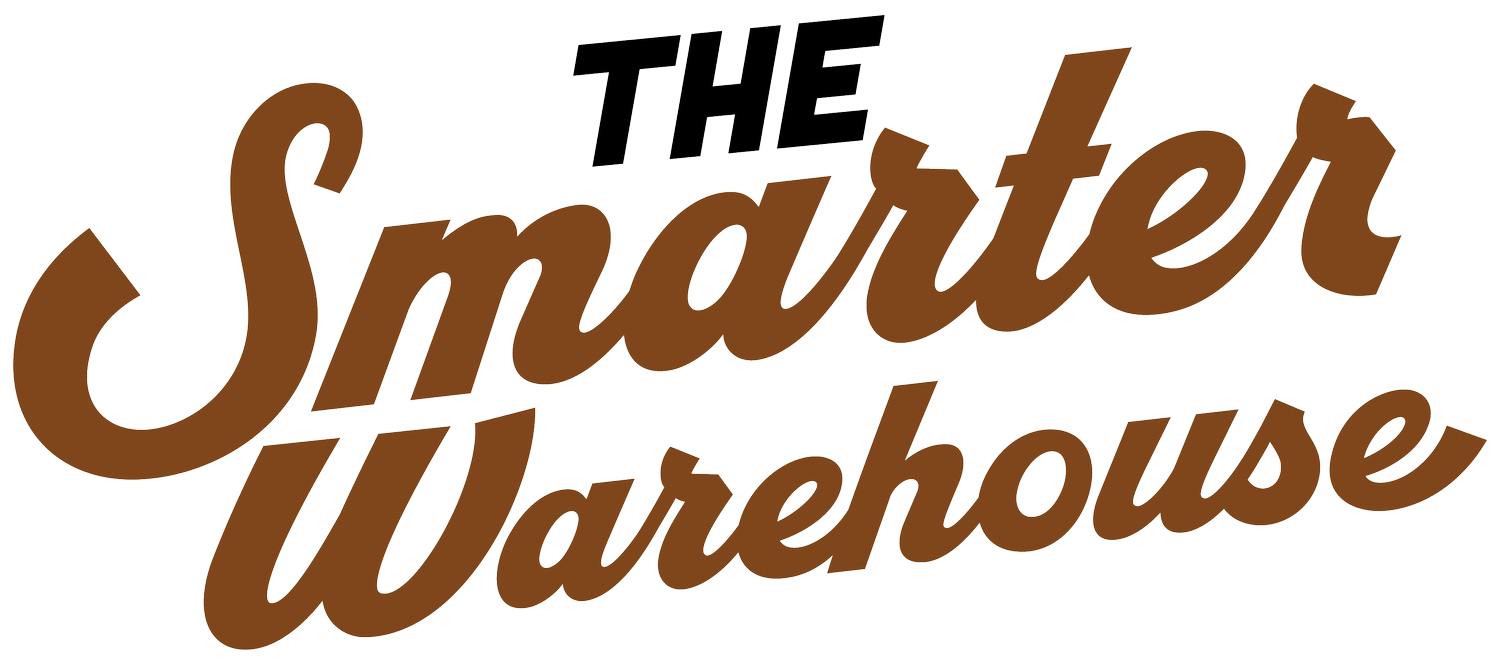Location, Location, Location!
In a previous blog I explained how taking the leap to start scanning items both in and out of our warehouse was a huge game changer for us personally.
But, an equally important question to ask is… “what good is scanning all these items if we don’t know where the hell they all live?” You could argue that it almost seems pointless to be diligently scanning items in, only for them to risk being put somewhere where nobody knows where to find them.
“Everything has a place, and everything in it’s place”
Full disclosure, we actually had locations set up in our warehouse, long before we started using barcode scanning. It definitely helped raise our game and improved our efficiency, but it was the power of twinning scanning along with accurately locating inventory in our warehouse that really helped us to raise our game.
For many warehouses already utilising locations, they may scoff at those who don’t have this implemented already. But for all those who are rolling their eyes at this, I’m certain that there are just as many teams that simply don’t have a location system integrated into their warehouse. It’s a huge game changer and doesn’t have to be as complicated as you may think…
What do you need to set up a warehouse location system?
One of the first things I’d be sure to check is whether your current Warehouse Management System (WMS) has the ability to assign your inventory a location somewhere in the system. If so, that’s great, however, if not, don’t panic just yet… you may just have to be a bit more creative. For many years we were using a (fairly) decent piece of software that crazily didn’t have a field where we could assign stock a location. Instead, we had to utilise one of the other fields in the system and use that as our location field. Not ideal, but it worked. If you find you rself in this situation too, chat to the team who run your Warehouse Management System to see if there’s a simple way to integrate locations (it can be as simple as using an unused field that you can type freely into). The other thing that would be really important, is to ensure this field is easily visible to the staff responsible for putting the stock away after it arrives, and those who are picking orders too.
Once you get the green light on this, there’s no stopping you!
Honestly, I’d say not too much. Initially, it helps to sketch out a birds-eye plan of your warehouse and plot out where all your racks are. You don’t need to be Tony Hart (showing my age here!) but it’s important to be able to identify all the different places your stock is held.

